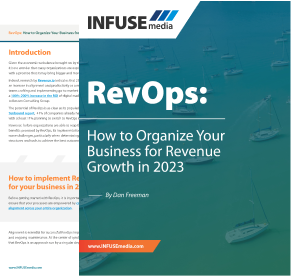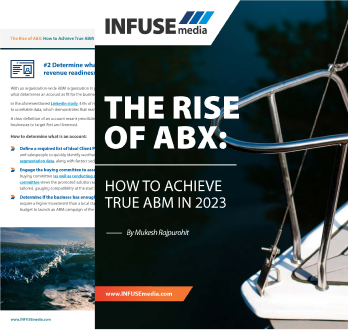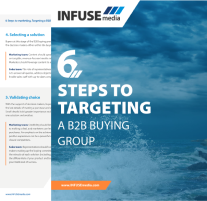In order to maximise ROI, it is important to focus on buyers that have the budget and propensity to make a purchase. This means that marketers should be leveraging data, such as predictive analytics or segmentation, to identify buyers that are in-market and have the ability to purchase.
In 2023, when a recession is likely, it will be even more important to identify buyers that are in-market and have the ability to purchase. According to Gartner (2019), only about 5% of the total addressable market is available to buy at any given time—presumptively less in down years. Therefore, marketers should be leveraging data, including AI and machine learning, to identify buyers that are in-market and have the ability to purchase in order to ensure that the right buyers are being targeted and ads are being pushed to the right people.
Laser-focused approaches such as performance marketing and ABM will be top selections by budget-aware marketers, who will engage buyers willing to spend with highly personalised campaigns.
Whilst buyer intent can assess propensity to buy, this must be combined with other behavioural data to evaluate sales readiness. By having multiple data points on buyer engagement, it becomes easier to evaluate who to prioritise in campaigns.
Even so, abandoning 95% of an addressable market is not ideal. Whilst efforts should be overly focused on the 5% in-market, those who are not ready to buy now should be nurtured with mindful and personalised evergreen campaigns, which warms leads up for a purchase when budgets are available again.
Partnerships are valuable to pool efforts to engage the 95% not ready to buy for opportunities in the future at a lower cost and effort than companies could manage individually.


















